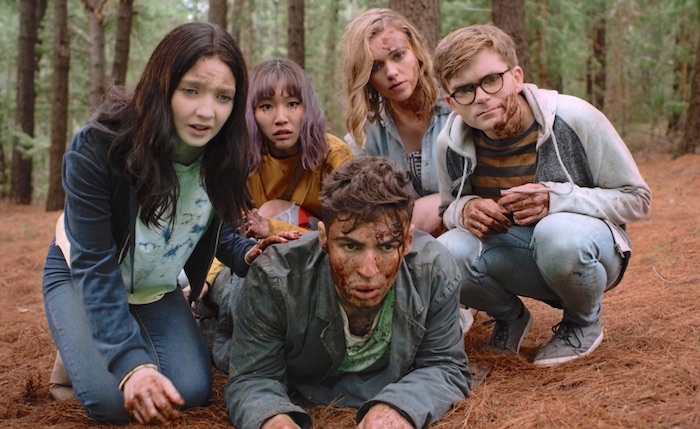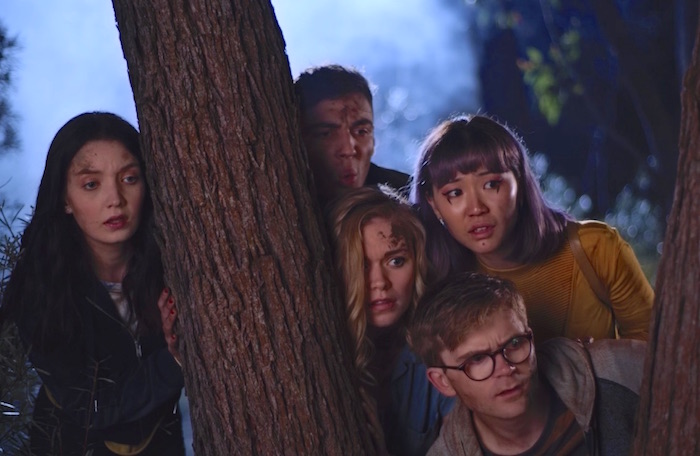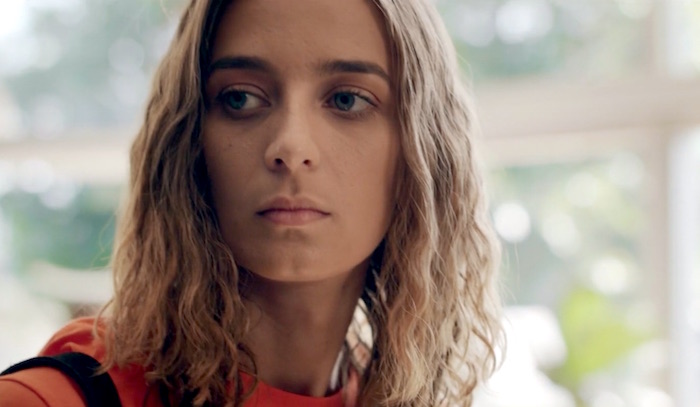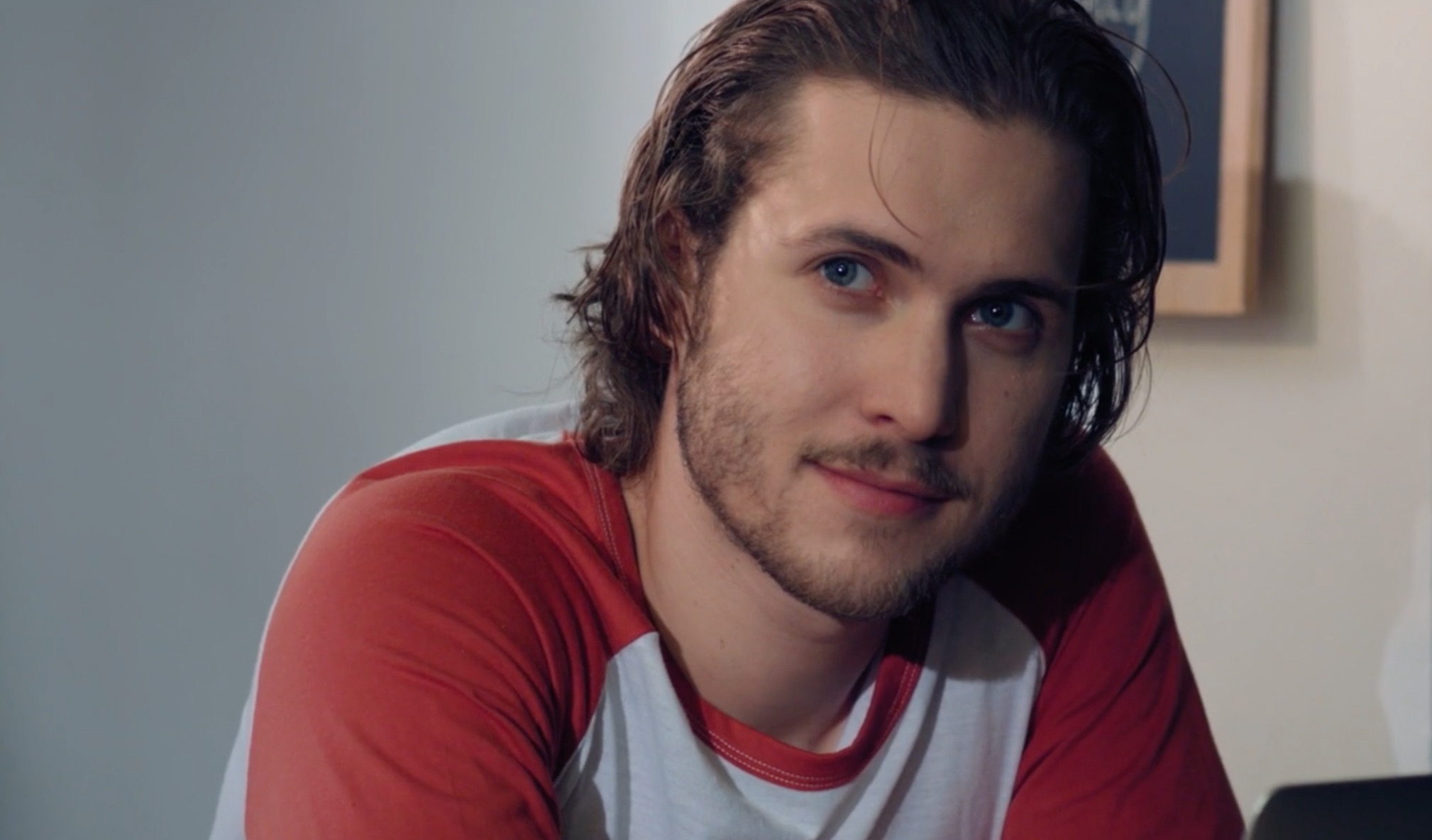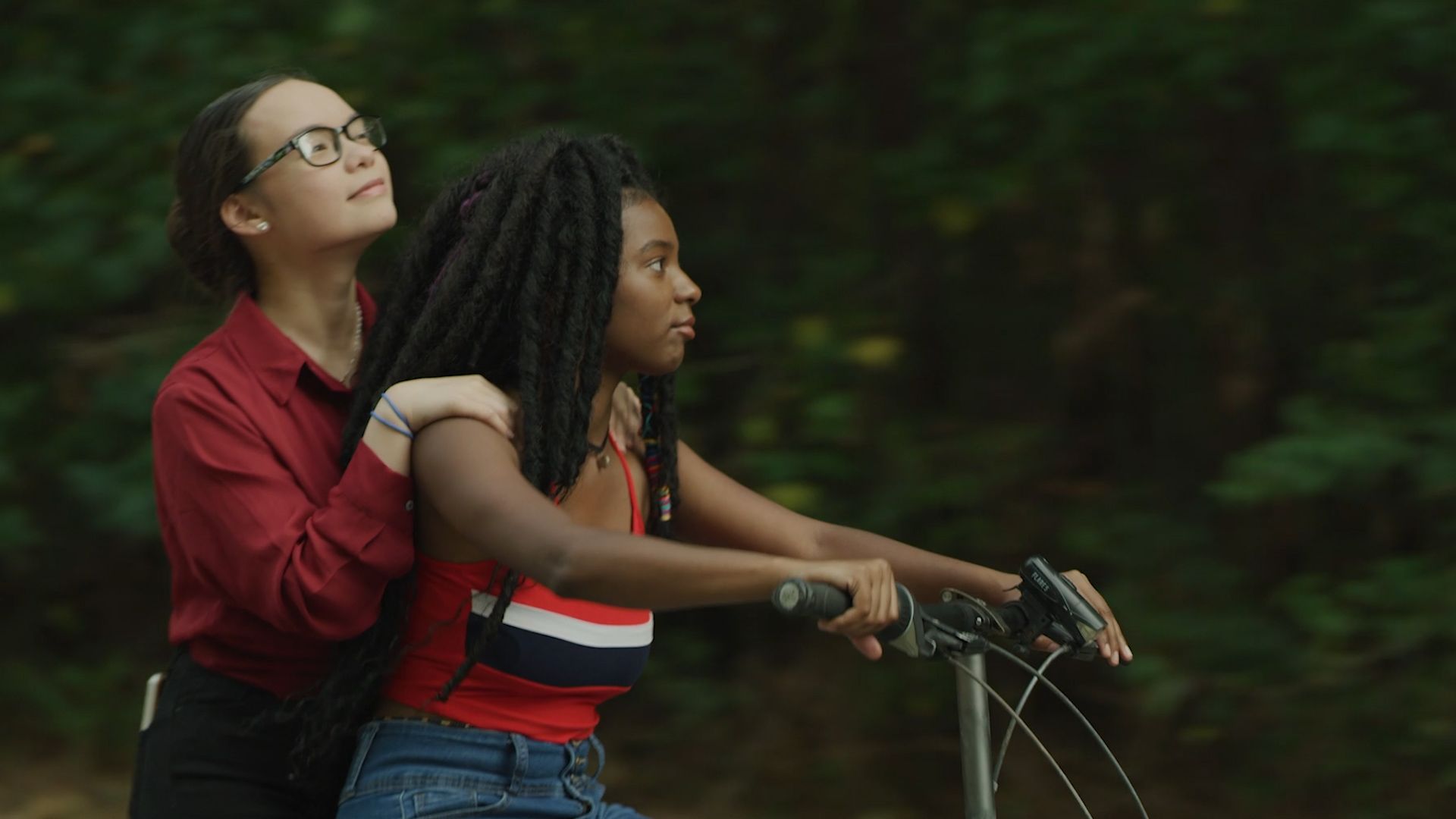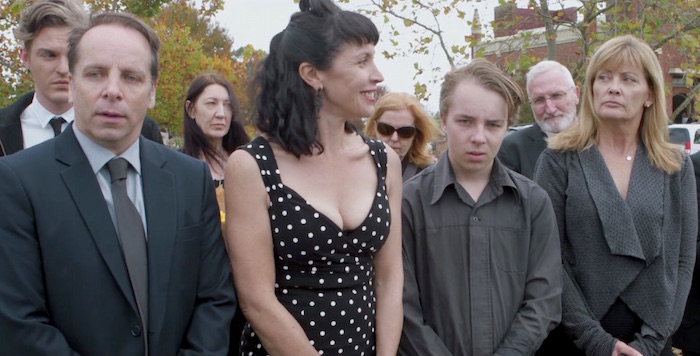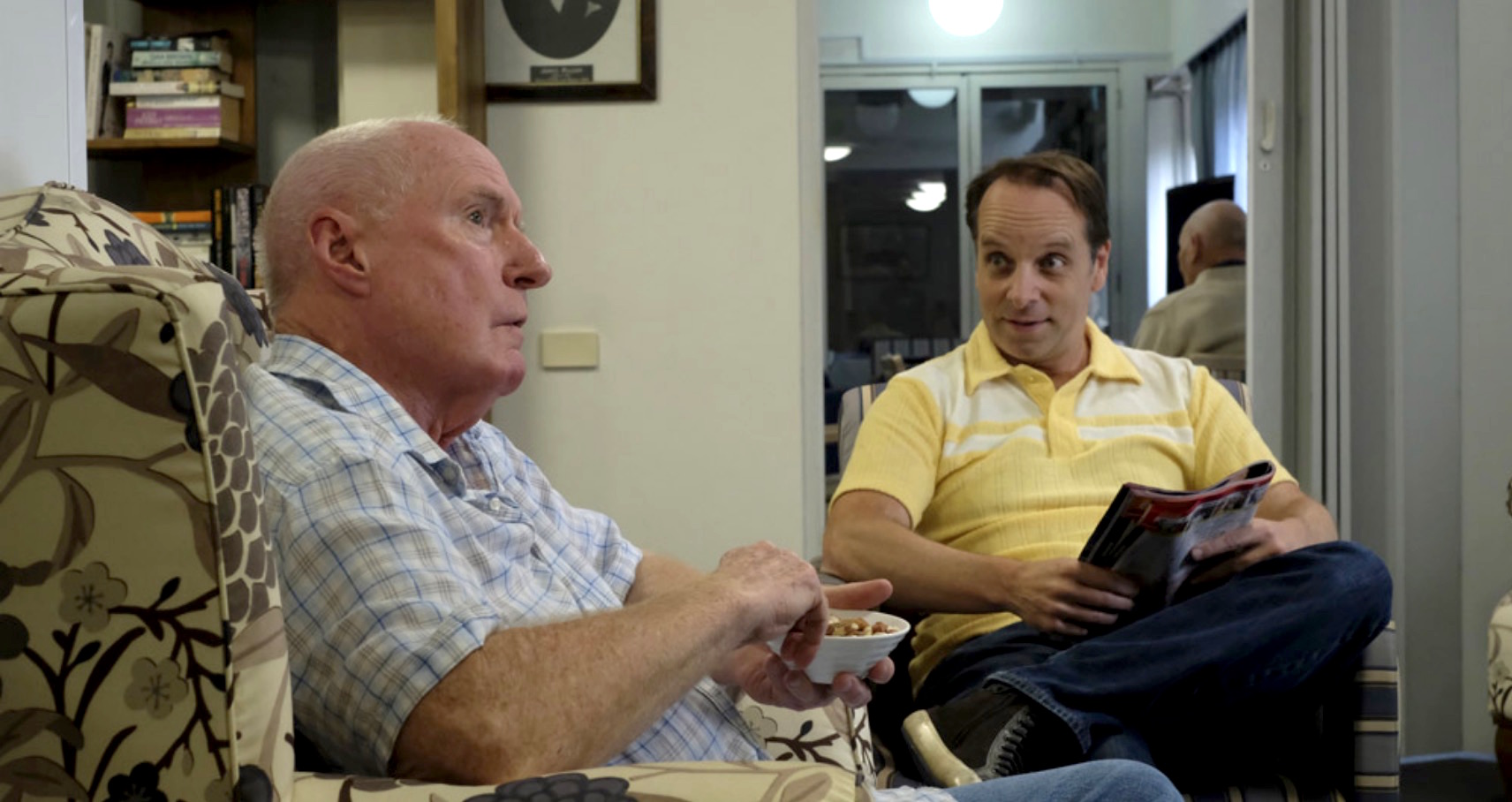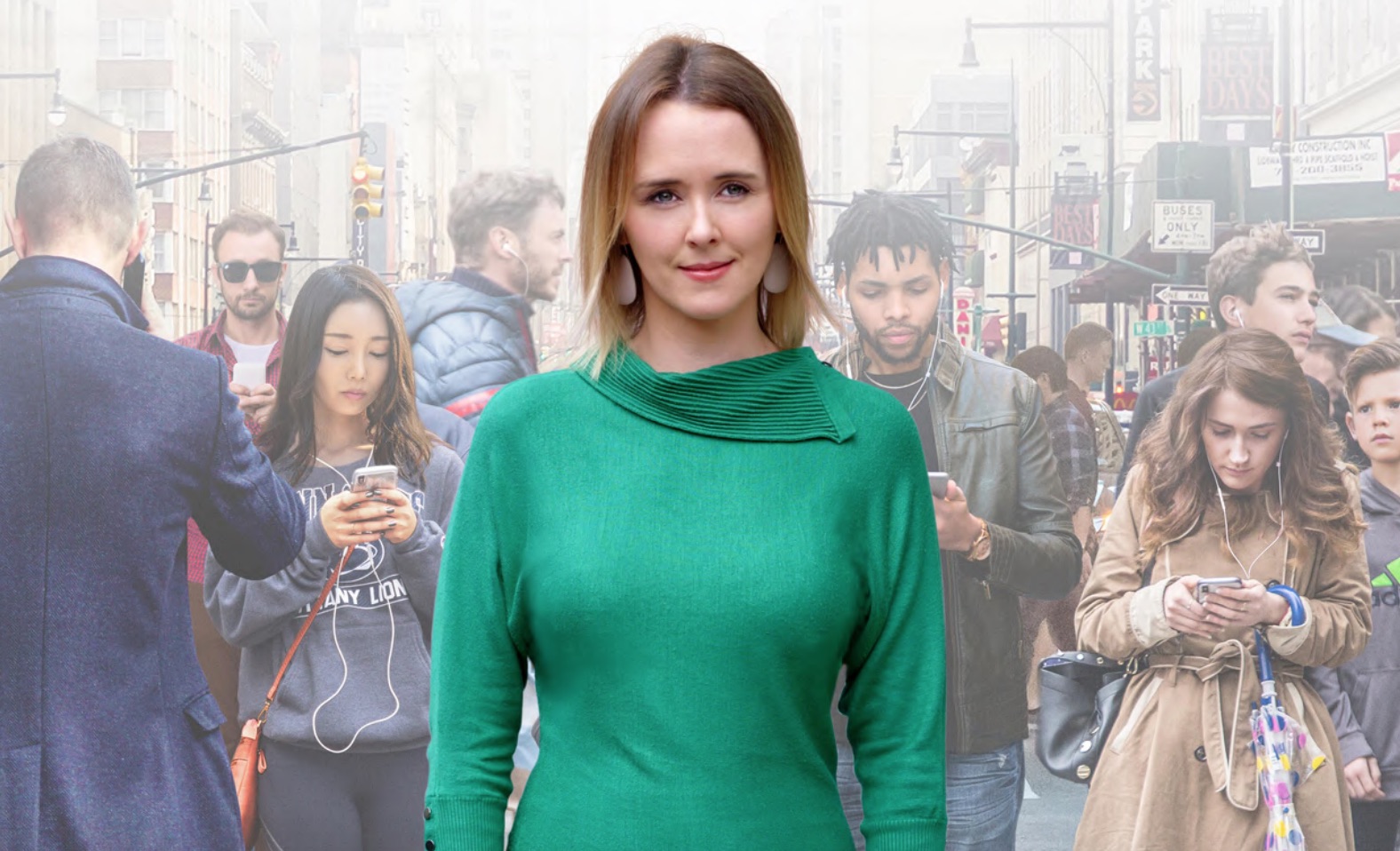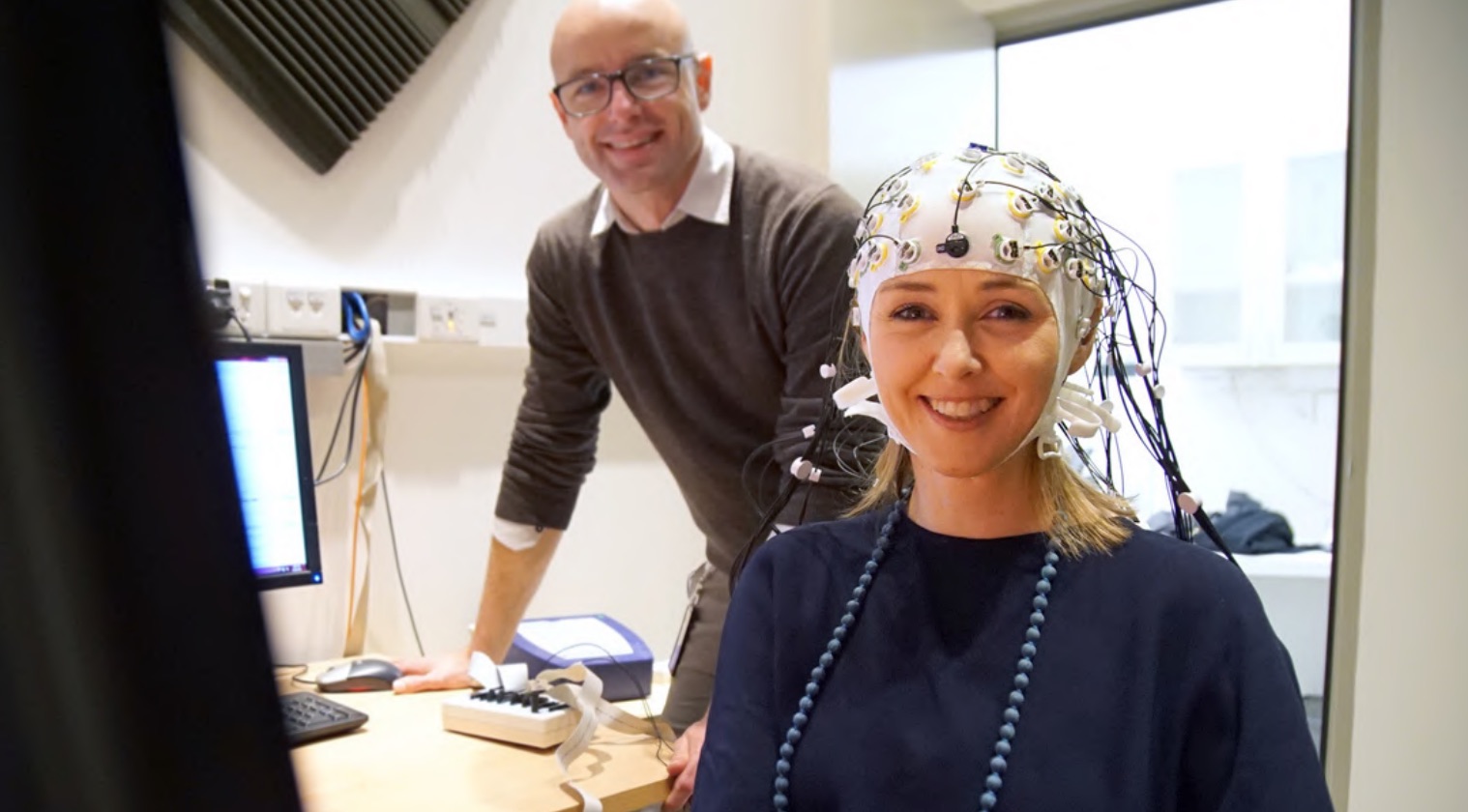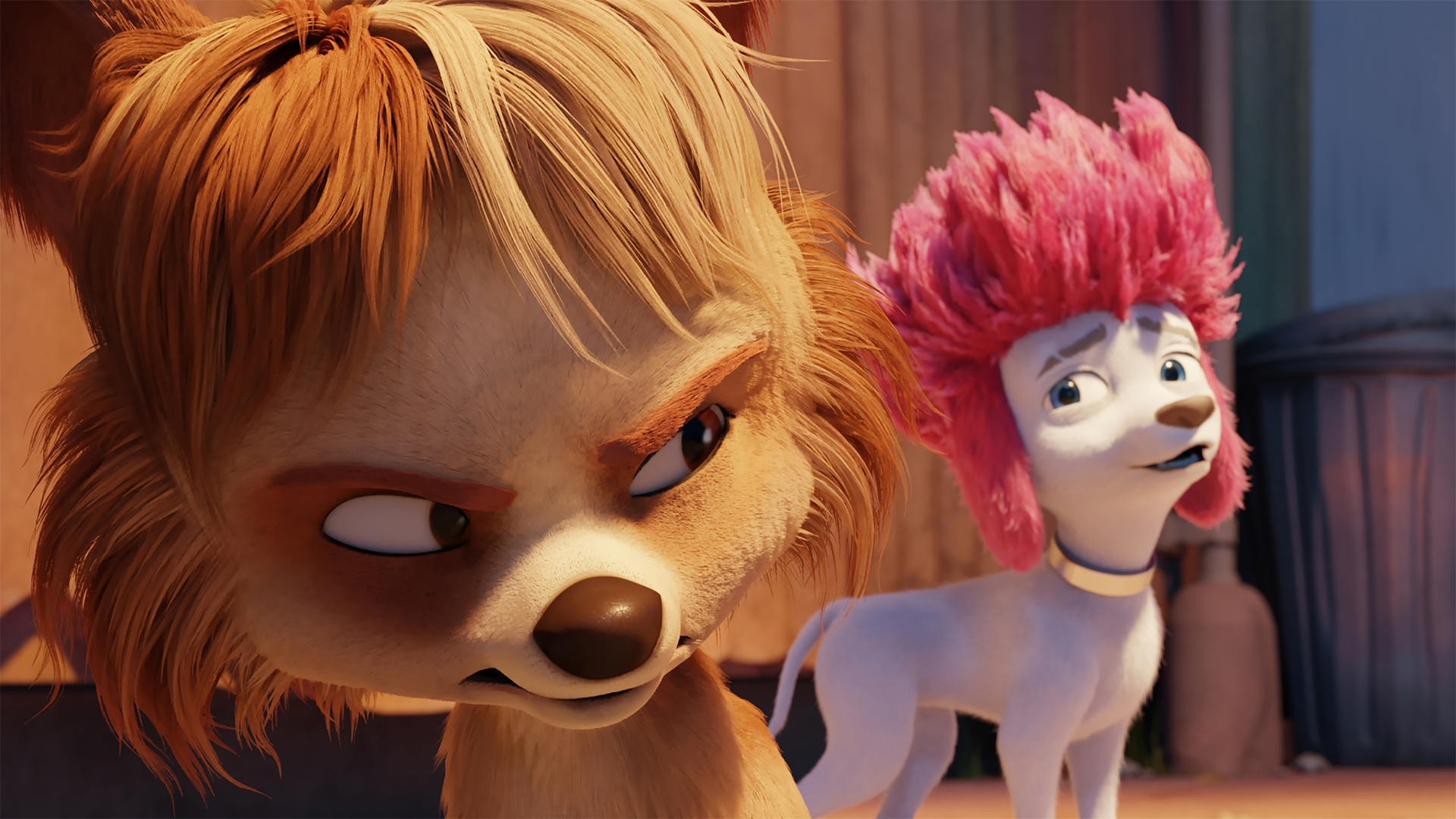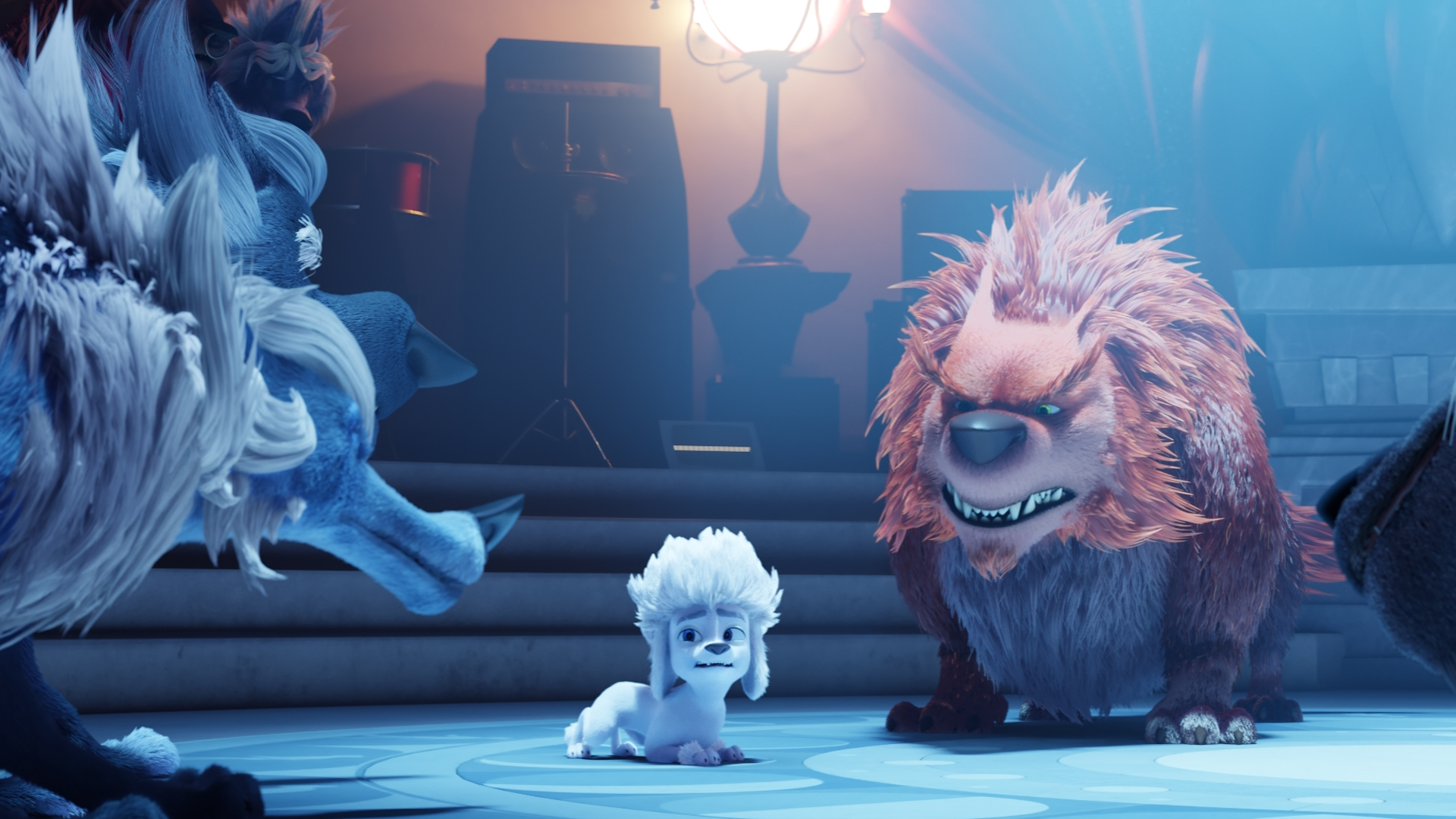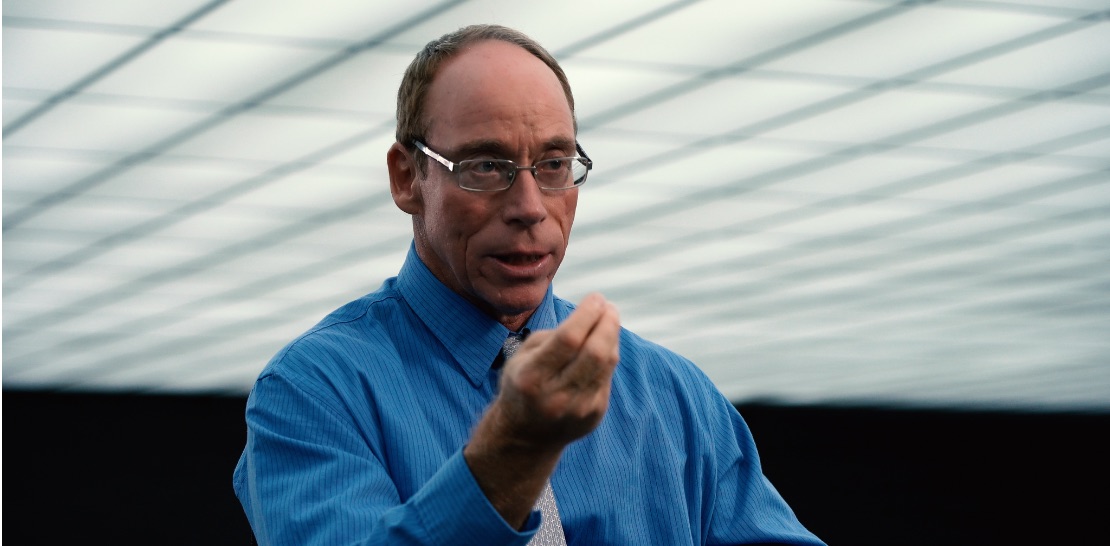LE CHOC DU FUTUR
 Saturday, July 4, 2020 at 10:14PM
Saturday, July 4, 2020 at 10:14PM English: THE SHOCK OF THE FUTURE
Stars: Alma Jodorowsky, Philippe Rebbot, Geoffrey Carey, Teddy Melis, Clara Luciani, Laurent Papot, Nicolas Ullmann, Xavier Berlioz and Elli Medeiros.
Writers: Marc Collin and Elina Gakou Gomba.
Director: Marc Collin.
Rating: ★ ★ ★ ★
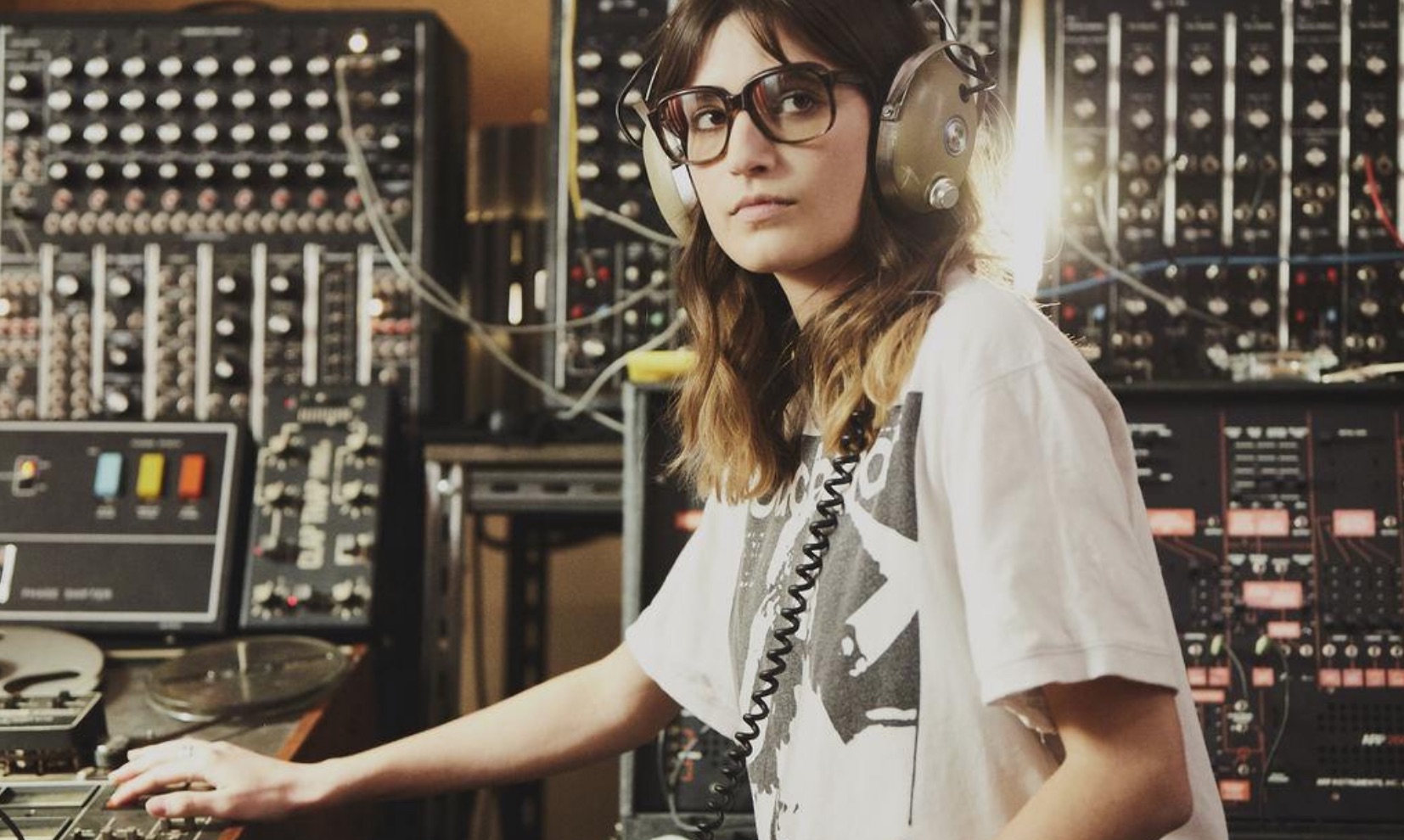
MARCHE DU FILM 2020: The international music scene was ripe for rebirth by the late 1970s. Disco was dead; punk had self-immolated; the decade’s rock mega-groups had peaked. As Marc Collin’s thrilling, giddy Le Choc du Futur paints history, the global musical new wave that emerged from that stagnant period, dominated the next ten years and influenced the next forty, was borne out of smoky Parisian apartments and the pulsating, youthful energy of young women musicians determined to forge their own paths.
A composer/music producer making his feature film directing debut, Collin is not telling one woman’s true story, instead utilising his narrative to filter the experience and legacy of pioneering synth-pop names like Clara Rockmore, Pauline Olivieros and Beatriz Ferreyra (and a dozen or so others, all listed at the end of the film). It proves rich source material; Collin and co-scripter Elina Gakou Gomba craft a lead character that honours extraordinary drive and creativity.
Twenty-something Ana (Alma Jodorowsky; pictured, top) is bedsitting a very small apartment (the setting for the bulk of Collin’s film). She wakes, lights a smoke, stretches, dances to Cerrone's Supernature; she is a young, free, contemporary, feminine spirit. She is also established as a modern electronic-music composer, booked to write ad music by her manager Jean Mi (Philippe Reboot, bringing ‘70s music biz sleaze in spades), but her talent is not developing, frustrating her output and stifling her motivation.
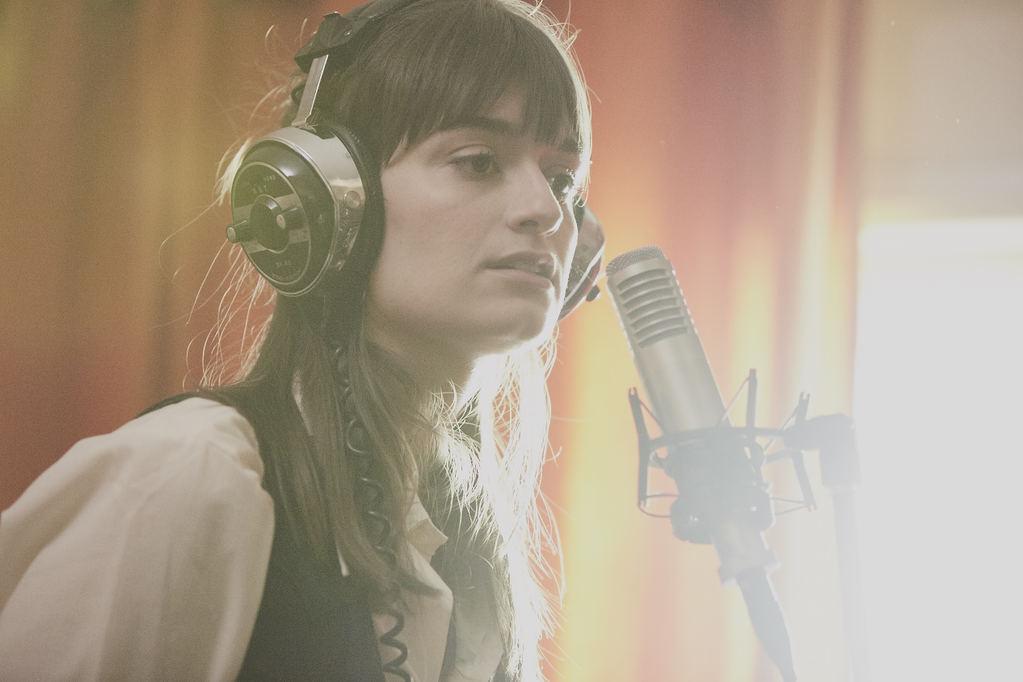
Three fateful moments alter the course of Ana’s life and the direction of modern music in the process. When her synthesizer breaks down, a technician visits her with a state-of-the-art Roland CR-78 beatbox; her music guru friend (Geoffrey Carey) avails her to the rich sounds of such artists as Throbbing Gristle, Aksak Maboub and Human League; and, a voice-over artist (Clara Luciani; pictured, above) turns out to be an equally talented lyricist, penning powerful words to Ana’s new sound.
There is not a great complexity to the plot, so nuance and shading falls to Collin’s leading lady. The granddaughter of legendary director Alejandro, Alma Jadorowsky is an electrifying central presence; everything about Ana’s creative process, determination and self-doubt stems from Jodorowsky’s natural screen presence and warmth.
The story’s relevance comes in its depiction of music industry misogyny; alone in her apartment, Ana fends off three leery male visitors in the opening twenty minutes. Jodorowsky is bound by the 1979 setting in forming her reactions, but the strength she displays in overcoming finely-honed microaggressions (“You’re pretty, just be a singer”) provides a true modern heroine’s arc.
Le Choc du Futur is mostly about the music, of course, and Collin (whose multi-hyphenated approach to filmmaking sees him handle the synth score as well) fills extensive sequences with pulsating beats and fluid aural soundscapes, as envisioned by Ana. It is a rousing story, underplayed to near-perfection, made grand by the sense of artistic discovery it conveys.
 French Cinema,
French Cinema,  International Film,
International Film,  Music
Music 